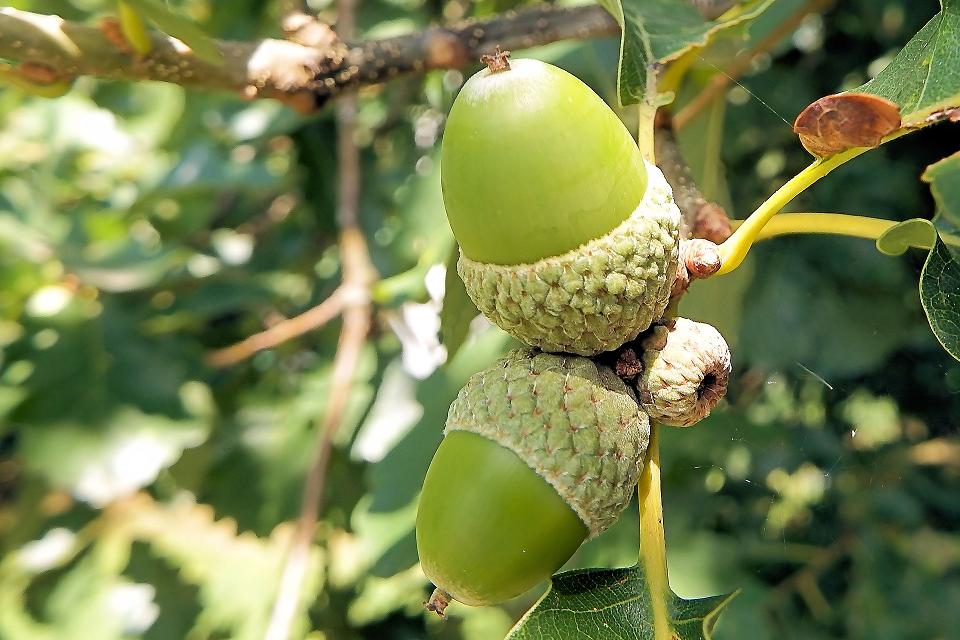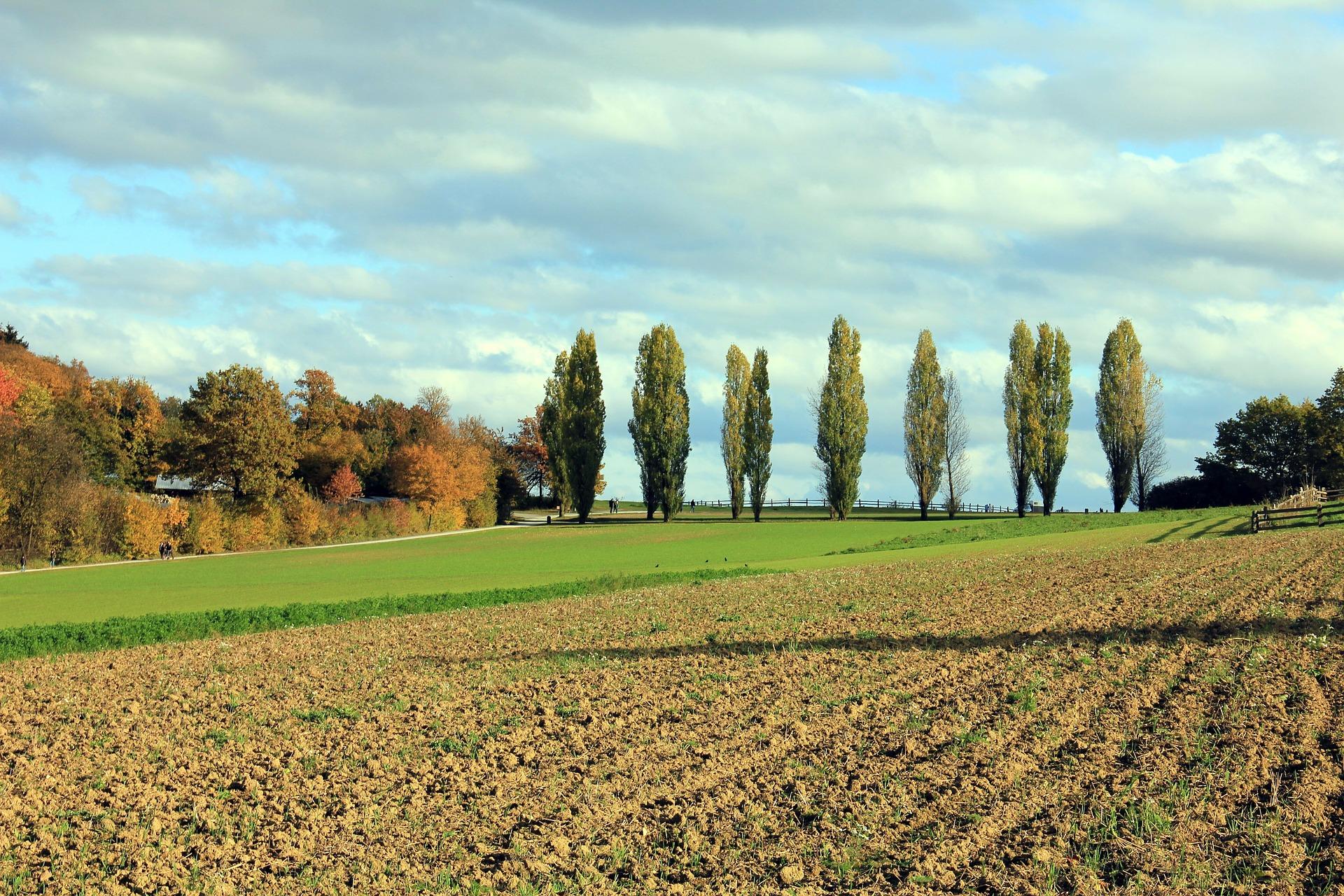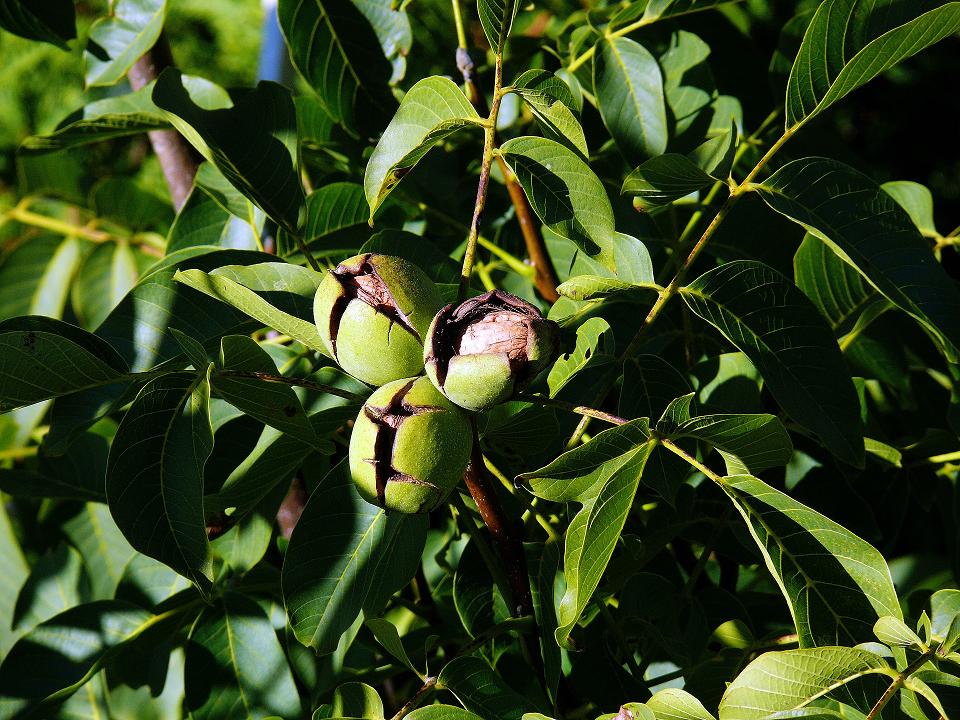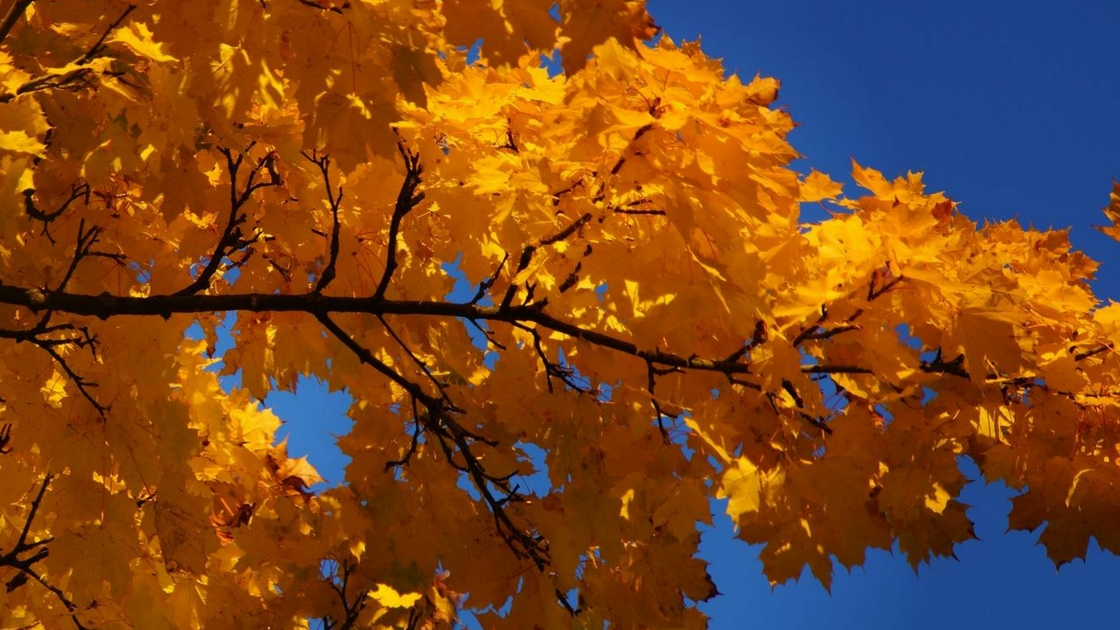Maple Street is one of the streets in Conshohocken named after a tree – the Maple tree. Benjamin Harry was the man who gave this street – and many others – its name. Mr. Harry was part of the family that helped to found the town; his father, David Harry, is remembered even today through Harry Street.
The Conshohocken Historical Survey notes that it was Benjamin Harry that provided many of the trees that lined the streets in the early days of the town. According to that survey, Mr. Harry operated a nursery in Conshohocken from which the trees were raised. With his knowledge of horticulture, Mr. Harry chose names of trees to grace a number of the town byways.
According to the Bureau of Forestry of the Commonwealth Department of Conservation and Natural Resources, there are a number of varieties of the Maple tree that are native to Pennsylvania, including the Mountain Maple tree, the Norway Maple tree, the Red Maple tree (maybe the Commonwealth has a touch of Canada, eh?), the Silver Maple tree, the Striped Maple tree, and the Sugar Maple tree.
In 1871, there was a brick yard along the east side of Maple Street, between Sixth and Seventh Avenues. Today, houses are located on that same site. The Jones family owned much of the land along Maple Street in the upper avenues during the late 1800’s, while the Trewendt family owned both sides of Maple Street between Third and Fourth Avenues. At the time, a tank office was located at the corner of Maple and Elm Streets.
Among other land holdings, John Wood, Sr. owned land on both sides of Maple Street between Elm Street and First Avenue in 1893.

Oak Street is named after the Oak tree. The Bureau of Forestry states that there are six varieties of the Oak tree – the Black Oak tree, the Chestnut Oak tree, the Northern Red Oak tree, the Pin Oak tree, the Scarlet Oak tree, and the White Oak tree – that are native to Pennsylvania.
A marble yard used to be located on Oak Street at Elm Street in 1871. At the same time, the Plymouth Iron Works stretched from Oak Street to Corson Street in Connaughtown. Access to two rail lines and the Schuylkill Canal provided the Plymouth Iron Works with a great location along the Plymouth Creek at the Schuylkill River.
The Grande at Riverview now lines one side of Oak Street at Elm Street, while offices in Keystone River Crossing grace the other side of the street. While the Saint Mary Roman Catholic Building still graces Oak and Elm Streets, its congregation was merged into parish of Saint Matthew Roman Catholic Church in 2014.

Poplar Street is named after the Poplar tree. You’ll see Poplar trees throughout the Freedom Valley. In many cases, this tree is used along boundary lines between properties.
Places to avoid placing Poplar trees involve areas near utilities. The University of Idaho recommends avoiding planting Poplar trees near overhead utility wires as well as near underground utility systems.
The trees grow relatively fast and grow relatively straight. After a number of years, it’s not usually for the Poplar trees to fall down. Trees that fall down near utility wires will many times be the cause of disruption in utility services. (Don’t you love that simple-sounding word – “disruption”.) The fibrous roots of Poplar trees cause problems for underground utilities.
Benjamin Harry could see the Schuylkill River straight down Poplar Street from part of his property near Spring Mill Avenue and Poplar Street. In 1871, a woolen mill was located at the foot of Poplar Street, near the Schuylkill River, while in 1893, the Conshohocken Gas Works was located opposite to the woolen mill. The Alan Wood Iron and Steel Company occupied the land between Poplar and Ash Streets, along the Schuylkill River, in 1927.

Walnut Street is named after the Walnut tree. One variety of this tree – the Black Walnut tree – is native to Pennsylvania according to the Bureau of Forestry. While the roadway is only two blocks long, both Whitemarsh Township and Conshohocken Borough claim parts of Walnut Street. The boundary between the two municipalities crosses almost at its midpoint at Hector Street.

One of the streets in the Conshohocken area that might seem to be named after a tree is Lime Street. But while you can get limes in many of the watering holes along Fayette Street, this street is actually named after the stone in the area – Limestone. We’ll have more information on this street and its namesake in coming editions of The Freedom Valley Chronicles.
Do you have questions about local history? A street name? A building?
Your questions may be used in a future news article.
Contact Richard McDonough at freedomvalleychronicles@gmail.com.
© 2017 Richard McDonough

